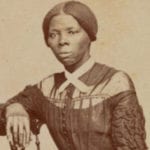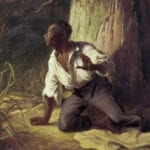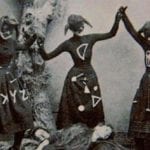 Crime
Crime  Crime
Crime  Technology
Technology 10 Hilariously Over-Engineered Solutions to Simple Problems
 Miscellaneous
Miscellaneous 10 Ironic News Stories Straight out of an Alanis Morissette Song
 Politics
Politics 10 Lesser-Known Far-Right Groups of the 21st Century
 History
History Ten Revealing Facts about Daily Domestic Life in the Old West
 Weird Stuff
Weird Stuff 10 Everyday Products Surprisingly Made by Inmates
 Movies and TV
Movies and TV 10 Actors Dragged out of Retirement for One Key Role
 Creepy
Creepy 10 Lesser-Known Shapeshifter Legends from Around the World
 Animals
Animals 10 Amazing Animal Tales from the Ancient World
 Gaming
Gaming 10 Game Characters Everyone Hated Playing
 Crime
Crime 10 Terrifying Serial Killers from Centuries Ago
 Technology
Technology 10 Hilariously Over-Engineered Solutions to Simple Problems
 Miscellaneous
Miscellaneous 10 Ironic News Stories Straight out of an Alanis Morissette Song
Who's Behind Listverse?

Jamie Frater
Head Editor
Jamie founded Listverse due to an insatiable desire to share fascinating, obscure, and bizarre facts. He has been a guest speaker on numerous national radio and television stations and is a five time published author.
More About Us Politics
Politics 10 Lesser-Known Far-Right Groups of the 21st Century
 History
History Ten Revealing Facts about Daily Domestic Life in the Old West
 Weird Stuff
Weird Stuff 10 Everyday Products Surprisingly Made by Inmates
 Movies and TV
Movies and TV 10 Actors Dragged out of Retirement for One Key Role
 Creepy
Creepy 10 Lesser-Known Shapeshifter Legends from Around the World
 Animals
Animals 10 Amazing Animal Tales from the Ancient World
 Gaming
Gaming 10 Game Characters Everyone Hated Playing
Top 10 Misconceptions About American Slavery
It’s nearly Black History Month, so it’s time to talk about the defining thing in American black history: slavery. It’s not exactly a light topic, which might be why there are so many misconceptions about who owned slaves, where slaves came from, how many there were, and how they lived. But there is a lot more variety to “the Peculiar Institution” than your history teacher has taught you.
See Also: 10 Interesting Facts You Never Knew About Slavery
10 All Southerners Owned Slaves

In fact, the majority of southerners did not own slaves. Although statistics vary from state to state, the 1860 census lists Mississippi and South Carolina as the highest slaveholding states, at 49% and 46% of the European population owning them.[1]
However, slavery was fully integrated into the power structure of the south. In Texas, slavery was only legal for twenty years, 1845 to 1865. But by 1860, 27% of Texans owned a total of 182,566 slaves. That 27% held 68% of government positions and 73% of the state’s wealth. In that short period of time, slavery managed to become integral to the state’s ruling elite.[2]
Because owning slaves was equated with wealth and political power, many European families aspired to reach that level. They were a status symbol, similar to the BMWs and Birkin bags of today; coveted by many, owned by a few.
9 Slaves Came from All Over Africa
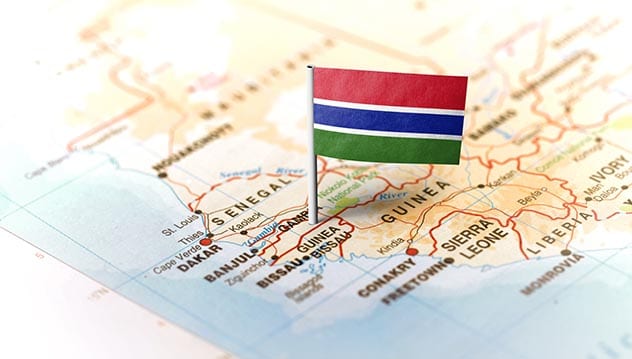
European slave traders were businessmen; they wanted the most about of product for the least amount of effort. They had very little interest in traipsing around an entire continent when they had the option to remain largely stationary.
At the height of the slave trade, one in six slaves came from Senegambia, the area between the Senegal and Gambian Rivers. Today, it consists of Senegal, Gambia, Guinea-Bissau, and Mali. About a quarter of all slaves sent to the United States came from this area. Another quarter came from west-central Africa, the area of the modern nations of Angola, the Democratic Republic of the Congo, and Gabon. Even though they spoke different languages, they had a lot in common in terms of culture, traditions, and religion.
A considerable number of slaves also came from the “Slave Coast,” where many of the ships would anchor. If the ships still had space, the traders would conduct coastal raids to fill them. Today, it makes up the coast of Ghana.[3]
8 All Enslaved Africans Came to the United States
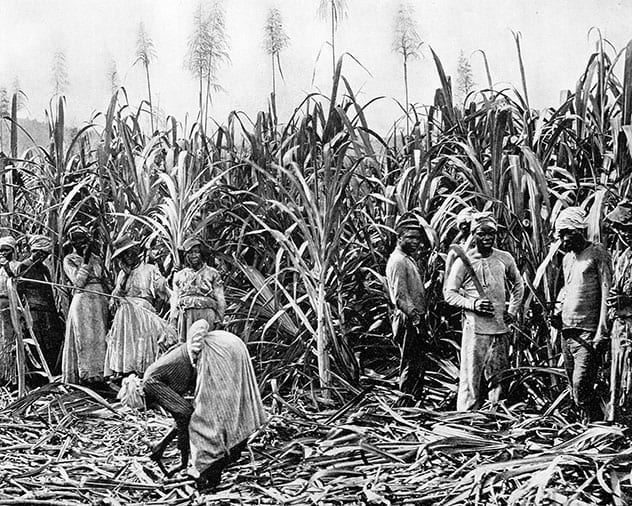
It is estimated that 10.6 million Africans were forcibly packed onto ships and sailed across the Middle Passage throughout the 1600s, 1700s, and 1800s. About 388,000 made their way to the United States (or what would become the United States), about 3.6% of the total.[4]
This is minuscule compared to the number of slaves that were shipped to South America and the Caribbean (pictured). About 4.8 million people were shipped to Brazil to work the country’s gold mines and sugar plantations, about 40% of all Africans brought across the Middle Passage. Another 1.2 million were sent to Jamaica.[5]
Historians estimate that about 60,000 to 70,000 slaves made their way to the United States from the Caribbean, making the total number of Africans to about 450,000. This means that almost all of the 42 million African-Americans alive today are descended from less than half a million African people.[6]
7 Slavery Was Only in the South
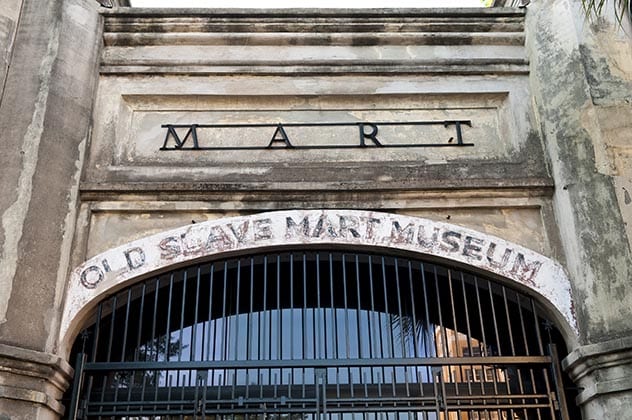
In 1776, slavery was legal in every one of the original thirteen colonies. Slave labor was critical in building the City of Boston, and the Merchant’s Coffee House in New York City held auctions on a weekly schedule. Slaves worked on the docks, in homes, and on farms.
Although all of the northern states had passed laws banning slavery by 1804, the laws did not instantly free all of the slaves in the state. In an attempt to avoid controversy, the laws often abolished slavery gradually. In New York, the Gradual Emancipation Act freed enslaved children born after July 4th, 1799. But, since it would be irresponsible to turn loose a large number of children with no supervision, they were considered indentured servants until they reached adulthood. This is how New Jersey, the last northern state to outlaw slavery in 1804, still had eighteen slaves in 1860. They were legally considered “apprentices for life.”[7]
6 Slavery was Only in Rural Areas
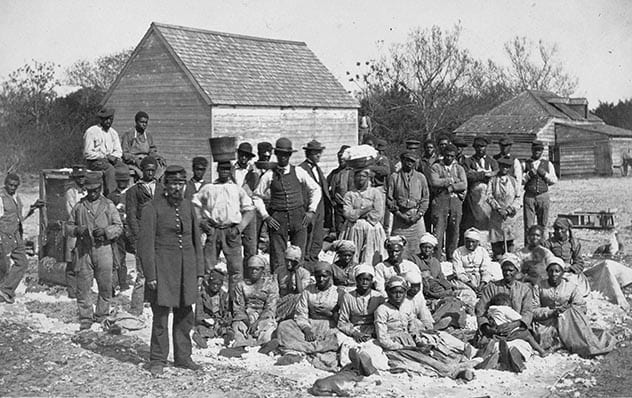
Although the majority of American slaves worked in agriculture (especially cotton, tobacco, and rice) about 10% lived and worked in urban areas. They worked in a variety of skilled jobs, from dockworkers and firefighters to coopers and blacksmiths. In some cases, plantation slaves were given permission to move to the city and earn money during slow seasons.[8]
The majority of slaves in the city were women, performing domestic tasks in European households. Wealthy families owned a team of women who cleaned the home, cooked for the family, and did the laundry. Even middle-class families could afford one to help with daily tasks. Some of these women were allowed to live outside the city with other Africans, both slave and free.
Industries, such as the timber industry or the brick industry, would buy slaves to offset labor costs. Railroads used this method as well. There were also municipal slaves, owned and operated by city governments in the same way there was public waterworks and septic systems. The city of Savanah, Georgia owned a number of slaves to maintain roads, build city structures, and clean municipal buildings. It’s even possible they operated part of the local jail.[9]
5 Slaves Didn’t Have Free Time
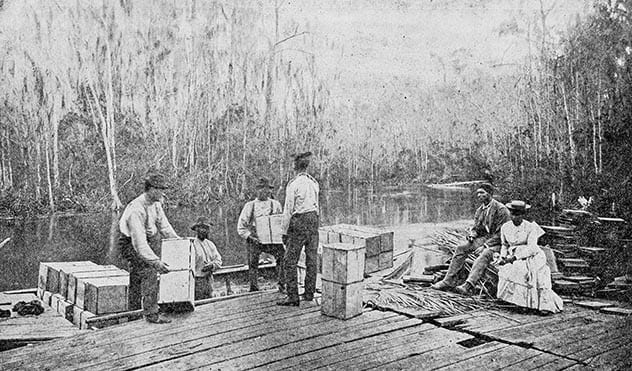
Depending on their situation, slaves got varying amounts of free time. On the rice plantations of South Carolina and Georgia, each slave was given a daily task and when that was done, they were able to spend the rest of the day how they chose. On cotton and tobacco plantations, slaves were left to their own devices after sunset. Some owners offered Saturdays or Sundays rest.[10]
Slaves would also celebrate holidays, especially the period between Christmas and New Year. Work was suspended and everyone enjoyed music, dancing, athletic competitions, and drinking whiskey. It was also a popular time for weddings, as the suspension of work allowed for a formal ceremony and celebration. Some owners would offer presents, ranging from the yearly allotment of clothing to small amounts of cash.[11]
4 Slaves Couldn’t Earn Money
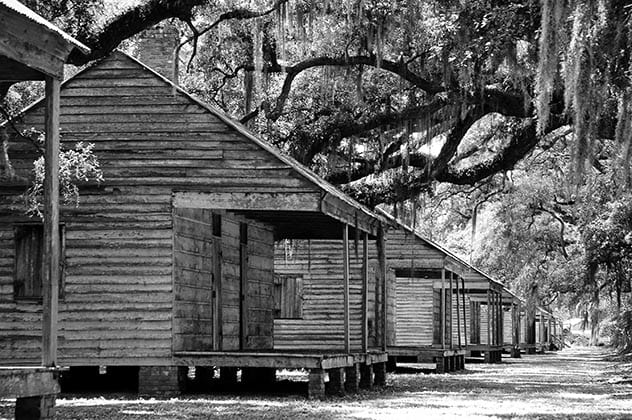
Like everyone else in the history of the world, slaves had a need to make money, particularly the few who were able to buy their own freedom.
Some owners had a system in which the slaves could do extra work, called “overwork,” for cash. It could be done for their owner or for other European people in the community. This was especially common if the slave was highly skilled at a particular craft, such as blacksmithing or coopering.
Growing small gardens were also popular, as the families could either sell the vegetables or eat them themselves. As they became more successful, they would be able to purchase animals like pigs and chickens. Others would make straw brooms or baskets to sell at market, along with other handmade items.
With their money, slaves bought food, cooking tools, clothing, toiletries, and luxury items such as alcohol and tobacco. Not only did this prevent slave owners from having to provide these things themselves, but it gave the slaves a small amount of personal freedom. Some owners argued that this sense of ownership was necessary to prevent rebellion.[12]
3 Slaves Couldn’t Read
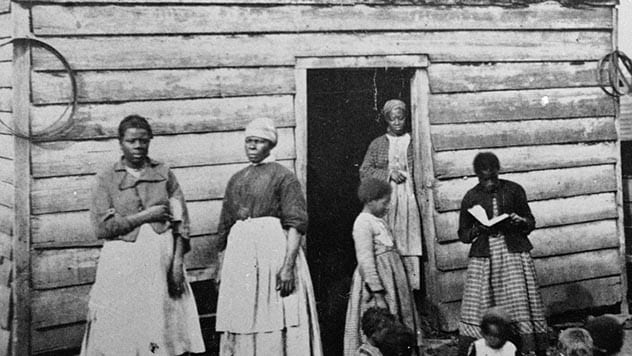
Slave owners were nervous about slaves learning to read. After all, literacy had been part of the success of Haiti’s slave revolution, and abolitionist literature was only getting more popular. As a result, many Southern states made it illegal to teach slaves to read. This makes the United States the only country in the world to ban education for slaves.[13]
However, many people were opposed to the ban. On one end, anti-government slave owners were furious that state governments tried to control what they could and couldn’t do with their property. Other slave owners needed their slaves to perform secretarial tasks such as letter writing and filing, to which reading is essential. Baptist churches also defied the law, since it is central to their religion that church members be able to read the Bible.[14]
2 All Slaves Were Christian
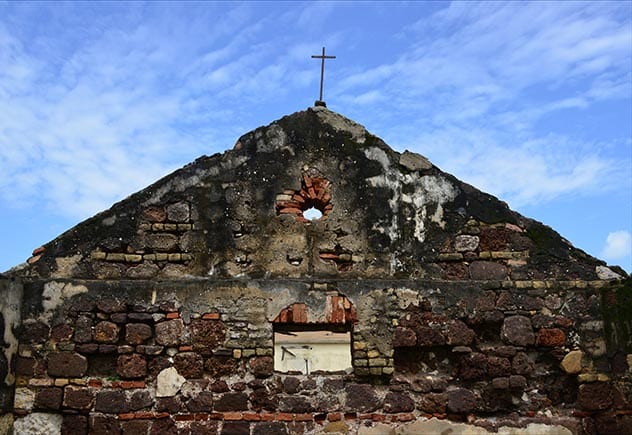
In the 1600s and 1700s, it was considered unethical for a Christian to own another Christian. Therefore, slave owners not only discouraged their slaves from converting but did their best to hide their moral quandary. They worried that this would encourage abolition movements. So, they viewed the spiritual lives of their property with total disinterest, giving them free rein to practice any religion they wanted.[51]
In the 1800s, there was a wave of Christian fervor known as the Second Great Awakening. Methodist and Baptist churches began reaching out to enslaved people, who converted in droves. Unable to prevent the spread of Christianity, slave owners instead hired preachers to give sermons emphasizing passages from the New Testament, especially those that stated slaves should accept their assigned status and their patience and faith will be rewarded in heaven.[16]
1 Slaves Lost Connection with Their African Roots
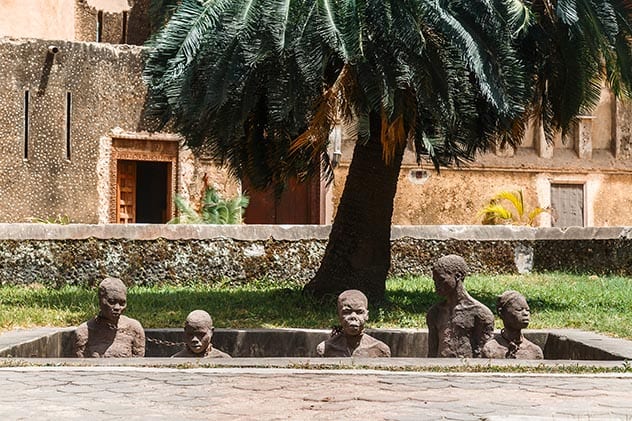
The experience of crossing the Middle Passage, being sold at auction, and being forced into slavery was obviously traumatic for the average African. To deal with the trauma, slaves turned to their West African traditions and remade them for American life.[17]
Family is very important in West Africa. The tradition of honoring grandparents by giving their names to the next generation was continued, as was respect for elders. When biological families weren’t available, others in the community took on the responsibilities of being aunts and uncles. These adopted family lines kept stories of life in Africa alive.
Large plantations might also have a “conjurer,” a person who practiced West African spiritual traditions. For a fee, they might be able to cure an illness, banish a troublesome spirit, or curse your enemy (who, understandably, might be your owner). The fewer generations a conjurer had going back to Africa, the more potent their power was believed to be.[18]
For more lists like this, check out Top 10 Rare Artifacts Linked To Slavery, and 10 Influential Slaves Who Deserve To Be More Famous.
About The Author: Jackie Mead is a Museum Educator by day and a writer by night. Her writing has appeared on Cracked.com and History Magazine.
